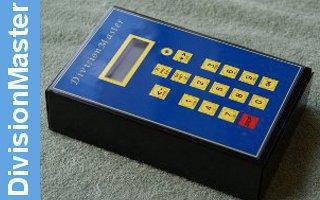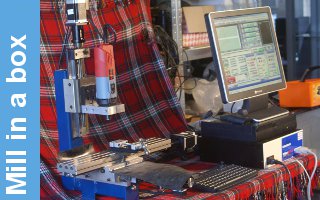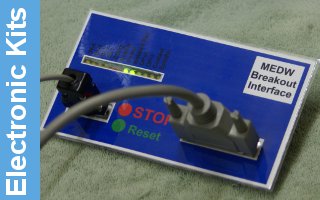HRP Stove Enamel
Stove enamelling. Is undoubtedly the finest possible finish that one can obtain on a steam model. This is generally achieved first by a sprayed undercoat, then by several fine sprayed top coats of enamel being applied and subsequently baked. The finish is almost completely permanent as the paint is fairly hard, and resists wear extremely well; it can also stand the heat of a steam model without discolouring and does not seem to have any tendency to peeling provided the surface of the model is correctly prepared. Preparation of a model for painting entails making sure that the metal surface is absolutely clean and free from rust, and that all sharp edges have been removed. Paint does not stay on sharp corners, and therefore, when it is applied there will be almost no coverage where these occur. These are the points at which paint will chip and affect the general finish; good examples of this may be found on the corners of wheel spokes, tender plates, etc. However, it is an easy enough matter to remove very sharp edges with a file and emery cloth and improve your final finish. An ideal surface for painting, is a fine etched finish as obtained by fine sand-blasting or possibly the modern equivalent, shot-blasting; this procedure is particularly applicable to wheels which are somewhat inaccessible.
The baking of stove enamel can be carried out at various temperatures, within certain limits, and the professional who carries out your work will advise you; thus where solder is present on a component for painting, e.g.: the tender, he will simply bake your work at a temperature low enough so as not to melt the solder, and will bake for a longer duration, with just as permanent a result. An important point here on colours. In these enlightened days ? of mass production, most professional enamellers are only able to purchase their paints from the manufacturers in reasonable quantities. One professional informs the writer that certain colours cannot be bought in less than 10 gallon lots. Bearing this in mind, the modeller should endeavour to use colours which the painter commonly keeps in stock. Do not misunderstand this statement, since there is no intention to persuade a modeller to finish his Showman's engine in anything but Showman's maroon or any other of the typical colours that apply to a particular type of engine. However, with maroon, the shade the modeller requires seems to be fairly commonly used in industry. Small parts may be quite effectively stove-enamelled at home utilising the cooker. Simply obtain a small quantity of paint when you take your major components for spraying, and then it will be very convenient for you to finish the smaller fittings yourself, thus avoiding the likelihood of loss. ' Small components can often be dipped in stove enamel and then suspended during drying. It is often good policy to leave them in air for a while, so that any drips occurring at the bottom of the work may be wiped off, and not become part of the finished article; after which baking can be carried out. Some small parts of course will be better brushed, and you can decide for yourself. Some plates submitted for professional spraying will undoubtedly have two colours such as Burrell and Fowler hornplates, where the lower part will be matt black, and the upper will carry the finished colouring of the engine. Usually a light pencil mark at the join of the two colours is sufficient to indicate the position for the masking before the spraying is carried out.
Care should be taken in the choice of not only the colours you use, but the type of finish you stipulate. Often one sees highly glossed chimney stacks, smokeboxes and boiler sides, but this is completely wrong. The choice of finish can only be either matt or semi-matt, in other words, no shine at all, or just the faintest deviation from a flat finish. One must remember that the original engine in use generally had a finish achieved by painting these components with dirty oil when the engine was hot, thus achieving an oil blacking. Sometimes soot was mixed with the oil, and this produced a very slightly shiny appearance. This sort of finish is what we must try to obtain. Remember, a super gloss finish with a paintwork that is absolutely smooth on these types of engine components is completely wrong, and should make a poor impression on a true judge of correct model building.










